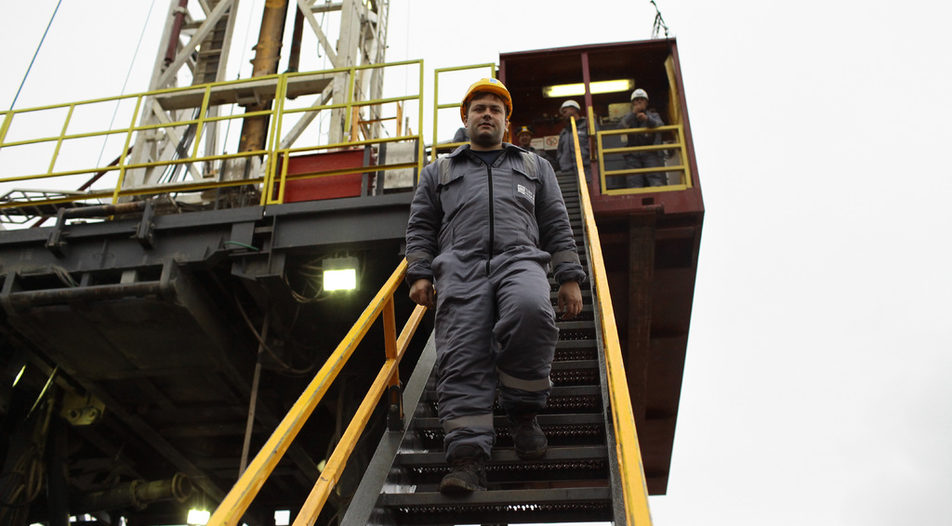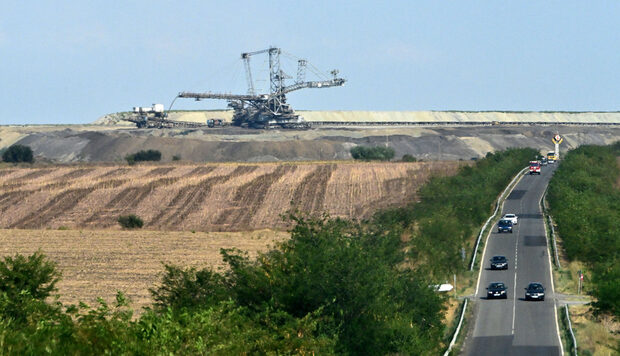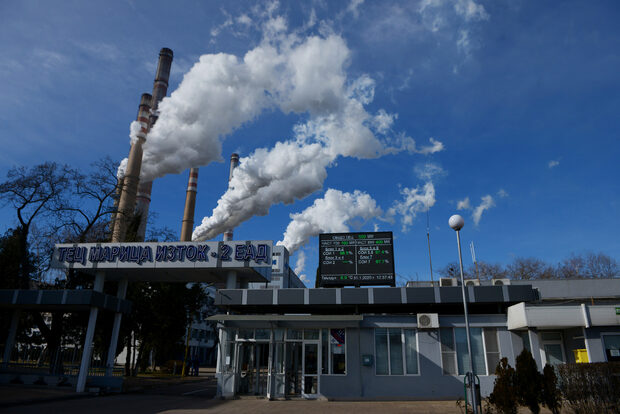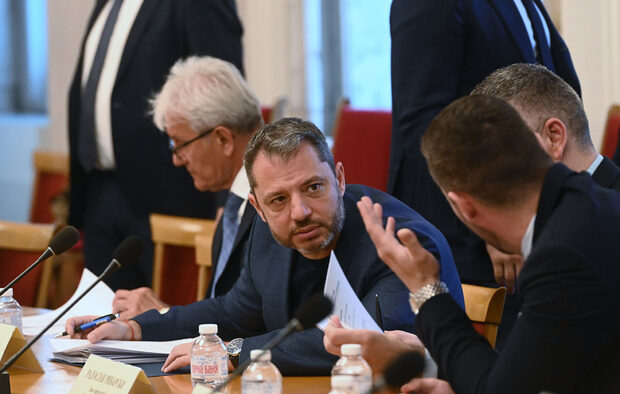Looking at the data alone - production, consumption and exports, 2017 was a pretty uneventful year for the energy sector in Bulgaria, only confirming trends that had started several years earlier.
Exports fell by 14% in comparison with 2016, mainly as a result of lower natural gas prices which boosted gas-fired electricity generation in Greece and Italy - two of the main markets for Bulgarian-produced electricity.
Production patterns changed slightly in comparison with 2016. Hydro-power production decreased due to unfavorable weather conditions. The drop was mainly compensated by increased use of coal-fired power plants. Electricity generation from biomass grew significantly, by a whopping 38%. The increase was driven by new power plants having come on stream in the past two years. Biomass was the last renewable source to lose its subsidies in 2015 and the effect of this support could be felt in 2017. But growth will not be sustained, with biomass still having a statistically insignificant share in total electricity production.
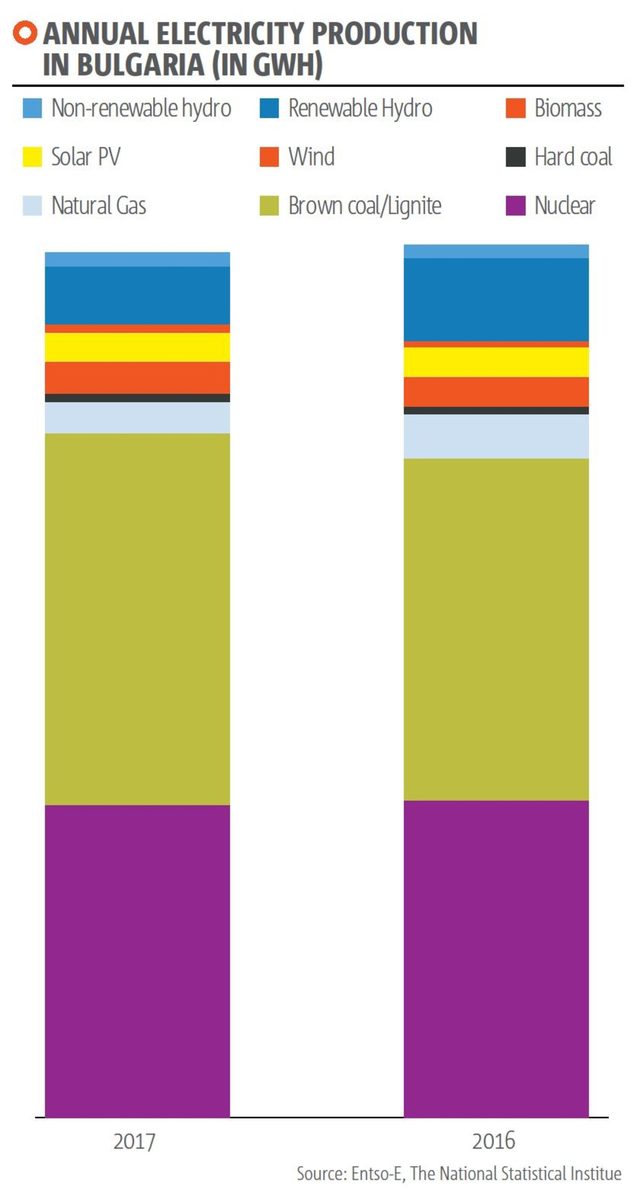
Consumption in Bulgaria has been almost flat in the last ten years, with a slight increase in 2017, due to the extremely cold weather at the beginning of the year. There were a lot of forecasts that with the return of economic growth electricity consumption will pick up but they turned, to a large extent, to be unfounded. Most of the growth in consumption was registered in households.
The imports of natural gas increased in 2017, but only slightly, probably because the market is saturated already.
However, data alone doesn't reveal the whole picture. 2017 began with a crisis and finished with a crisis. Both crises had one single reason - the muddled liberalization of the electricity market in Bulgaria.
In 2016, more companies began buying electricity in the open market from independent traders. But the process was not accompanied by a corresponding increase of the available capacity that could be traded on the open market. This discrepancy resulted in deficits, which propelled prices higher. The liberalization of the market hit another snag at the beginning of 2017 when the mechanism for reserved capacity failed, as some of the power plants that were paid to stay in reserve were unable to crank up production, because their coal stockpiles were frozen.
In short, after 2017 Bulgaria needs to sustain the reform effort in the energy sector. Next several articles will dwell into the current state of the affairs in the Bulgarian energy field.
Looking at the data alone - production, consumption and exports, 2017 was a pretty uneventful year for the energy sector in Bulgaria, only confirming trends that had started several years earlier.
Exports fell by 14% in comparison with 2016, mainly as a result of lower natural gas prices which boosted gas-fired electricity generation in Greece and Italy - two of the main markets for Bulgarian-produced electricity.








